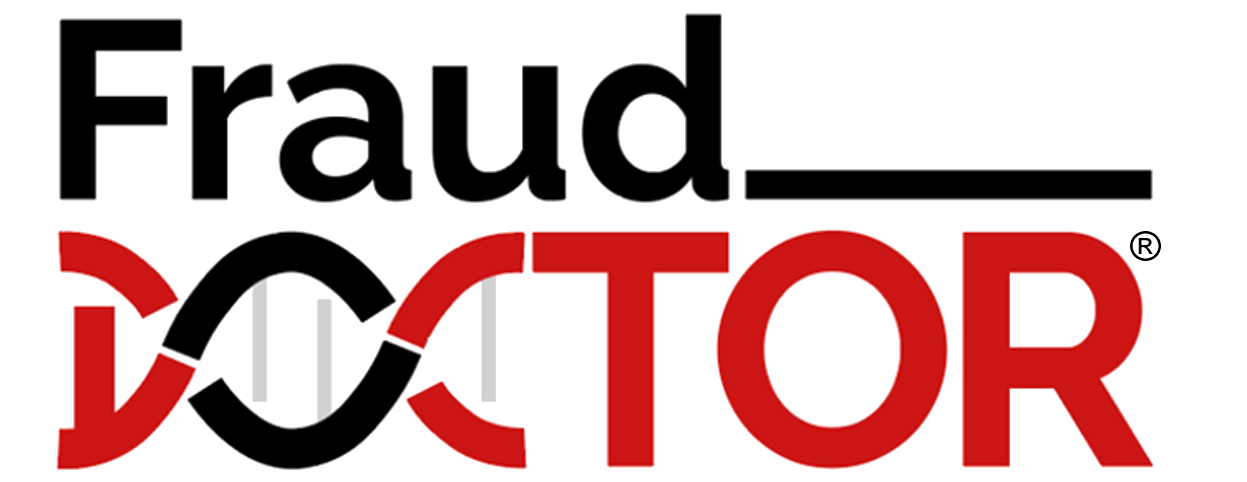LexisNexis Risk Solutions Fraud Mitigation Study 2017LexisNexis Risk Solutions has issued their annual Fraud Mitigation Study. Goals of ResearchLexisNexis® Risk Solutions commissioned its annual Fraud Mitigation Study to gauge trends and patterns related to fraud within several different industry sectors and government. Objectives of the 2017 study were to: 1) Determine the extent to which fraud extends into more than one industry. For example, in an insurance investigation, evidence may exist that the potential perpetrator also committed benefits fraud, financial fraud, etc. 2) Examine trends related to different types of fraud, including fraud resulting from stolen identities. 3) Explore the extent to which fraud mitigation professionals rely on external data and… Read More
Continue ReadingNew COSO Guidance
There is new guidance just released on fraud risk management for COSO principle 8 and the full COSO framework. [Excerpt from the ACFE Forum] We are excited to announce the publication of the new Fraud Risk Management Guide, a resource jointly sponsored by COSO and the ACFE. This guide is an update to the previously released ACFE/IIA/AICPA publication, Managing the Business Risk of Fraud, and is designed to build on both COSO principle 8 and the full COSO Internal Control–Integrated Framework as a foundation for a comprehensive fraud risk management program. The Executive Summary of the guide is attached to this post. We’ve also created a website (ACFE.com/fraudrisktools) that provides interactive tools and other resources… Read More
Continue ReadingFraud Risk Assessment
Specializing in antifraud for INSIDER THREAT & FRAUD MANAGEMENT. The first step in effective fraud management is the Fraud Risk Assessment. It provides much more than the inputs required for a risk-based annual audit plan. The results of the evaluation begin the process to allow for the determination of risk appetite, tolerance levels (+/- %), key risk indicators (KRIs), identification of anomalies, and the development of predefined management actions and communication strategy in response to exception reporting. Benefits of the fraud risk assessment include: Visibility into the organization’s fraud risk; Understanding of the risks by department and scheme; Prioritize antifraud efforts and allocate resources effectively by focusing on the risks… Read More
Continue Reading2016 ACFE Report to the Nations
DOWNLOAD the Report to the Nations on Occupational Fraud and Abuse: 2016 Global Fraud Study by the Association of Certified Fraud Examiners (ACFE).
Continue ReadingTaxonomy of Fraud in Microfinance
Taxonomy of Fraud in Microfinance Background One of the challenges we face in the antifraud industry is the lack of congruity between various thought leaders in how we define fraud and its many schemes. Each industry group or academic expert added great value to the advancement of the antifraud field. However, while every new distinction created a little more clarity, they all seemed to be inputs into a larger equation of the dynamic nature of what we face on a daily basis. In an effort to create a standardized fraud classification system that would apply across all fraud schemes, the Framework for a Taxonomy of Fraud was published by the… Read More
Continue Reading